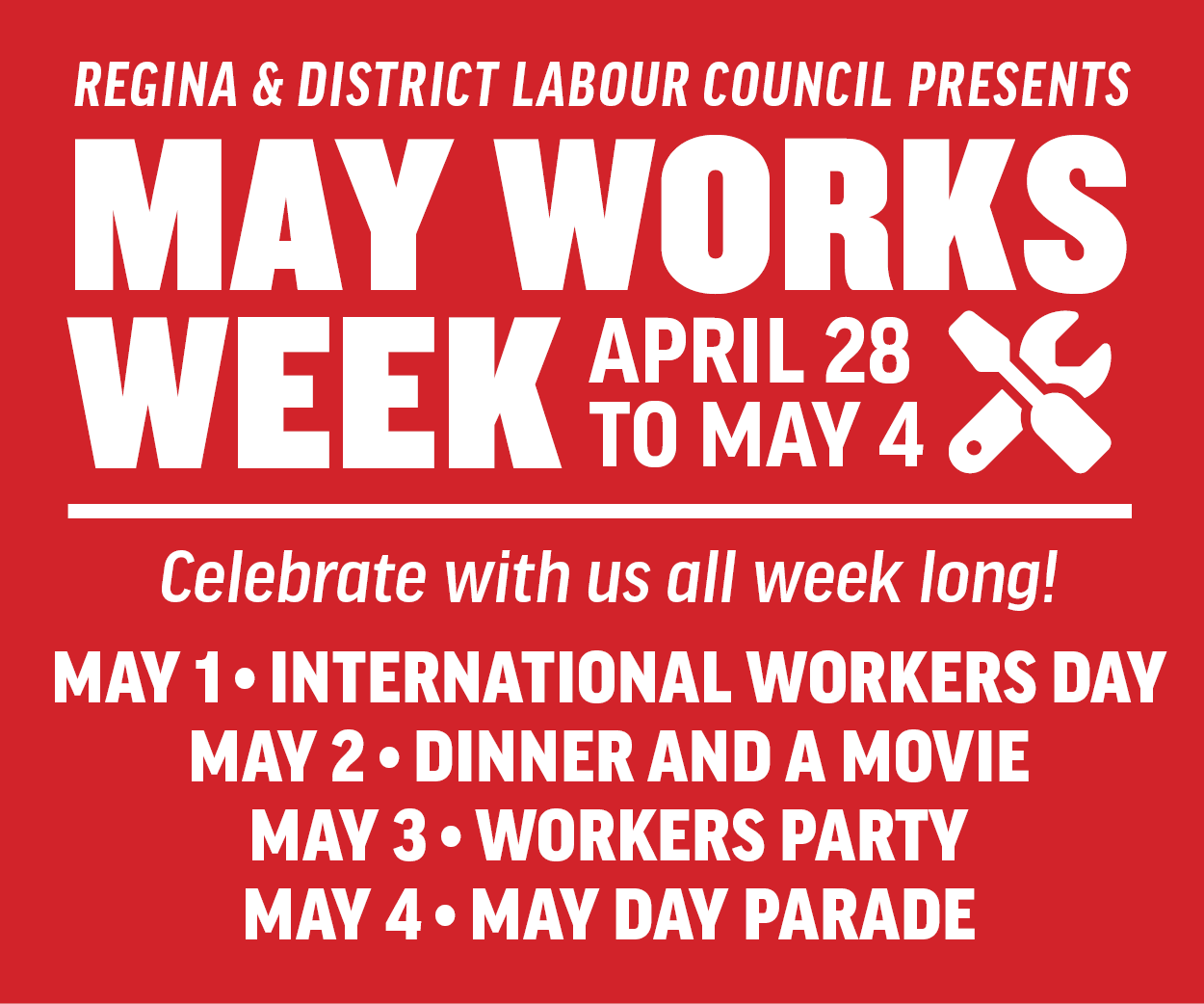 Two of the most interesting filmmakers currently at work premiered new films at TIFF. Even though one is considerably older than the other, they share the same mischievous strain.
Two of the most interesting filmmakers currently at work premiered new films at TIFF. Even though one is considerably older than the other, they share the same mischievous strain.
Werner Herzog and Danny Boyle both started as outsiders. Herzog early days were marred to notorious madman Klaus Kinski. Their five films together (Fitzcarraldo, Aguirre: The Wrath of God, Nosferatu…) were grueling shouting matches that got so bad, weapons became involved. And yet, the outcome was every single time, breathtaking (Kinski had to die in order to end this sadomasochistic relationship.) More than Herzog finding a way into the industry, Hollywood opened up to the German filmmaker: Off-kilter films like Rescue Down and the remake of Bad Lieutenant were at least released in North America, which is more than can be said about his earlier movies. His documentary Encounters at the End of the World even provided him with an Oscar nomination.
Danny Boyle’s relation with the film industry is a bit more tortuous. His morally ambiguous Trainspotting opened Hollywood doors for him, but after two massive bombs (The Beach, A Life Less Ordinary), Boyle had to head back to Britain. While he maintained a relative notoriety in cult circles, his rehabilitation didn’t kick in until the improbable success the Slumdog Millionarie.
Now, you would think these two would be playing it safe now. According to the films they brought to TIFF, not even close.
In the documentary Cave of Forgotten Dreams, the irrepressible Herzog uses 3D technology to bring the audience into the Chauvet Cave. The grotto, located in the south of France, features the oldest paintings known to man, at least 32,000 years old (just so you have an idea, creationists believe the world is not even ten thousand). Because of the delicate nature of the drawings, the access is restricted. Herzog being Herzog manages to obtain gorgeous shots of the heavily calcified cave, and leads us through this journey with a childish wonder. The filmmaker’s main concern in this stage of his career is to find what makes us human, a quest that at times becomes abstract and tiresome. But, who can question the validity of his pursuit? Fit to form, Herzog closing sequence features an albino crocodile. Three and a half prehistoric prairie dogs.
Boyle’s transgression is within the margins of a Hollywood production, but I’ll be damn if he doesn’t tests those boundaries. 127 Hours tells the true story of extreme adventurer Aron Ralston (a never better James Franco). While hiking down a canyon in Utah, a massive rock dislodged and pinned Ralston’s arm against a wall. Ralston struggled to stay sane and alive for five days. The outcome of his struggle is not for the faint of heart -really gruesome stuff- but the end is just exhilarating.
More than telling a survival story, Boyle main interest is in the choices people make that lead them to predicaments like Ralston’s. The Oscar winning filmmaker allegedly finished the movie fifteen hours before its premiere in Toronto. I saw him pacing nervously as the projection copy was late for the screening (he defused the tension of the wait by apologizing profusely to press and industry types. Class act). There wasn’t anything to worry about. The film is spectacular. Four prairie slumdogs.
Tomorrow, the end.





